It’s under control, Folks…
Notice to International Readers: This site can be read in six languages. Just peck the popup at the bottom of the page to change from English. Ang site na ito ay mababasa sa anim na wika. I-peck lang ang popup sa ibaba ng page para magpalit mula sa

This writer’s growing number of Asian readers know Philippine people have experienced starvation. This island archipelago has had abundant food but invasion by hostile forces has meant mass death of Filipinos by starvation. But at a time when Filipino people were dying in Manila streets, Alaska had true food security—which the wealthy resource-rich state has not had since.
An Invasion of Alaska would Exacerbate the Tenuous Food
Security Situation here
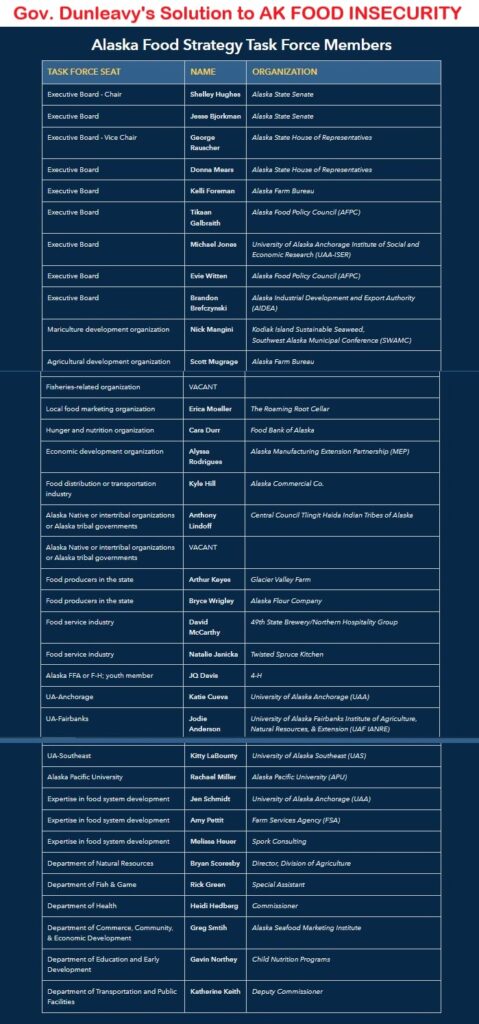
[1] Alaska Food Security Task Force
Alaska’s Best Friend in the World also has Food Insecurity
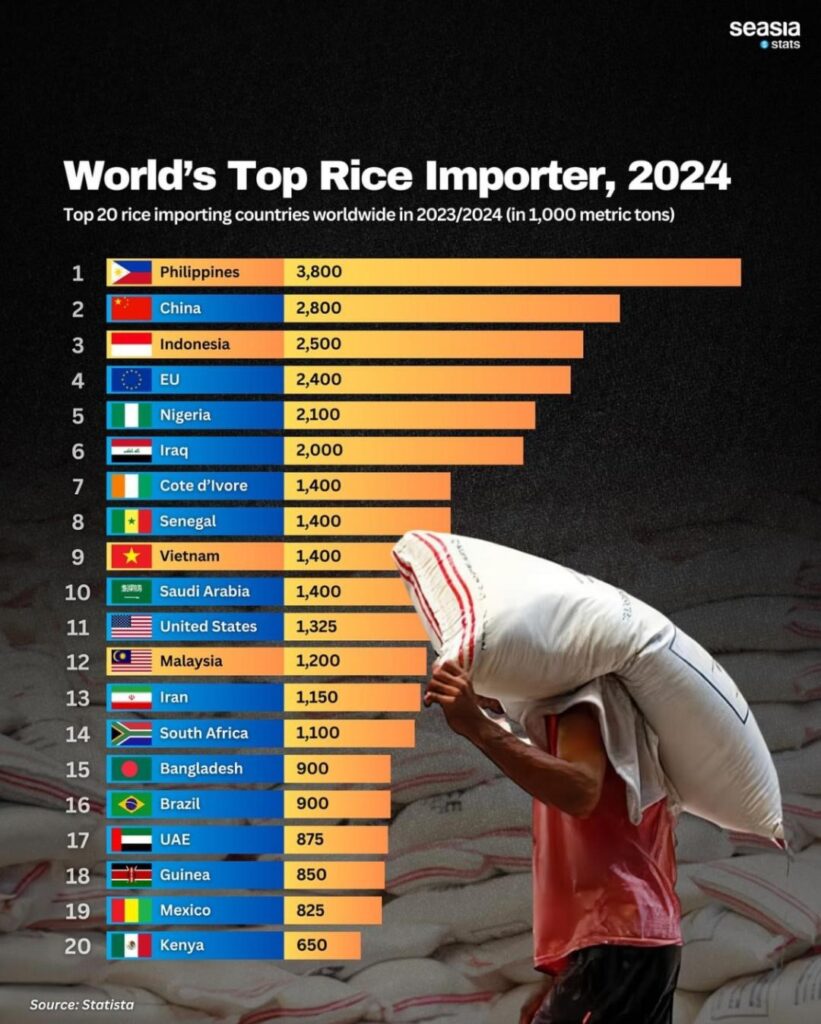
Reality and efforts taken resulting from mass starvation in Philippines is detailed in a book published by Areneo de Manila University Press in cooperation with the University of Wisconsin Press in 2016.
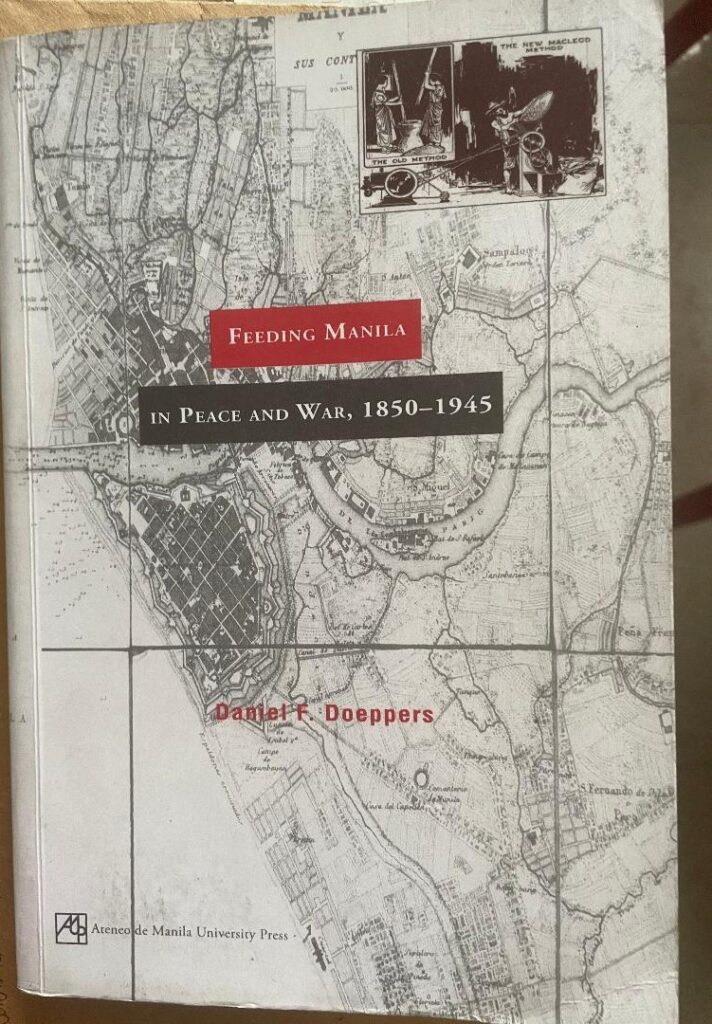
From that book: In 1944-45, the people of Manila, Philippines experienced mass starvation. The wartime Japanese occupiers decided to defend their position from American and Allied reinvasion. They sent reinforcements. In line with ongoing imperial war policy, they set about provisioning their forces in the field by taking foodstuffs from the local inhabitants. This included collecting rice before it could be distributed in the city. Japanese sentries were shooting farmers in dugout canoes transporting a few bags of rice into the city at night. Other “smugglers” at great risk brought in “contraband” domestic rice hidden under other cargo on river barges. Many urban consumers traveled to nearby provinces to trade possessions for rice, but all this together was grossly insufficient to provision the city.
By August, 1944 affluent families found starving beggars at their doors. By mid-October it was common to encounter adults desperately begging for a little rice or soup. At the same time squads of Japanese soldiers began to go door to door in residential neighborhoods. Ostensibly searching for hoarded rice, they took all sorts of foodstuffs, including household chickens and livestock. Now there was real hardship and starvation. People, not nameless refugees but known local residents, simply died on the streets. In November the mayor organized pushcart details to remove the dead. Soon every day saw trucks carting away the emaciated corpses. By December ragged bands of starving people were looting warehouses in full daylight.
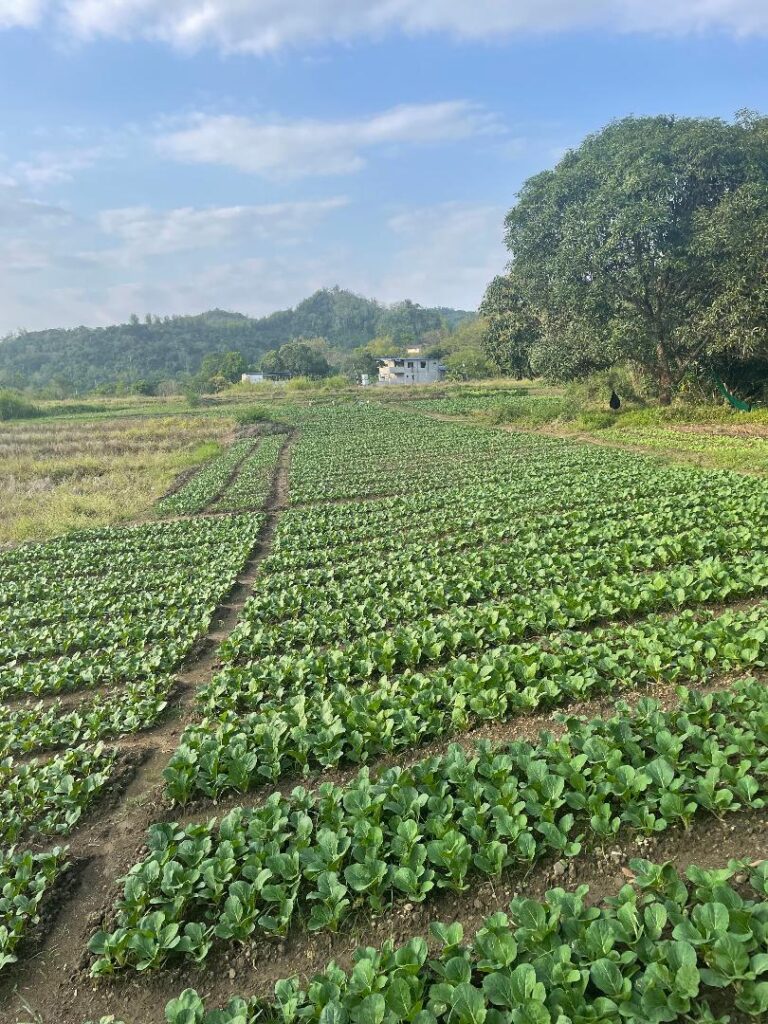
Doeppers’ book goes on to document what was required to assure enough food was produced, transported, and distributed to the largest population area of the country after realizing dire repercussions from an insecure food supply.
[2] Feeding Manila in Peace and War, 1850-1945.
During this same general period of time Alaska food security supported the military presence in Alaska due to World War II. I have written about this before:
In the 1940s, during World War II the U.S. military determined it was necessary to have enough Alaskan Livestock available to feed people involved in Alaska wartime operations. An ag land lease program was engineered and the US Bureau of Land Management administered over large parcels of Kodiak grasslands for livestock grazing farms. Alaska had some 5,000-6,000 cattle there, with some nine grazing leases, according to Chris Flickinger, who has held a 31,000-acre section of sweet Kodiak grasslands since 1999. That’s the year he and his family bought the state lease and moved here from Colorado.

Screenshot of Chris Flinkinger during interview with this writer.
Flinkinger: After statehood the BLM transferred the leases to the State of Alaska and the terms were supposed to be as good or better than what the Federal Government provided, explained Flinkinger in a video chat with this writer February 25, 2021. The State has forgotten about that, in my book.
NO, likely the bureaucrats at the State of Alaska have dropped the ball. While our state government should be promoting food security for the general good, after some 20 years of running cattle on the state grazing lease Flickinger is going through a difficult lease renewal.
When we first got here the Director of Agriculture called the shots on grazing leases, explained Flinkinger. When that responsibility switched to the Division of Mining, Land and Water things changed. State terms for these grazing leases were 25 years, which was reduced from the BLM Leases of 30+ years. I was one of the last of the renewals to re-apply when our 24-year lease came up–4-5 years ago–and they told me they were giving me a 10-year lease. I told them: “I am appealing that because I have a lot of fence to build and I’m not doing that monetary stuff on a 10-year plan.”
We remain year-to-year now, Flinkinger added.
Another productive Alaska jacked around by the State. This is a common theme. Fortunately, this Task Force has proposed a NEW Department of Agriculture to remove all the roadblocks and quickly solve Alaska’s food security crisis!

Flinkinger says his operation could take an additional 600 mother cows and he has 329 head right now. We would have to hire more help, he added.
This operation could use some help improving the browse for these cattle, too. This writer was told by the previous Director of Agriculture that improved alfalfa strains have been developed for Alaska’s climate by the AK Division of Agriculture research center, but they are likely aimed at mostly hobby farmers who qualify for federal pass-through grants administered by the AK Division of Agriculture.
Finkinger estimates there are a total of some 500 cattle on Kodiak Island among various other farms there today and also some 200 bison. This legislative session Sen. Gary Stevens, representing the University of Alaska from District C including Kodiak, is Senate President. Rep. Louise Stutes has Represented Kodiak since 2016, and was Speaker of the House during 2021-22.
You gotta wonder who these legislators really represent when they get to Backwater Juneau, don’t you?
[3] The Sorry State of Alaska Agriculture: Kodiak Island Area Beef, DONN LISTON 03/11/2021
As residents of a colony of USA pretending to be a state, we who have lived here for decades know whatever the State has taken over from the federal government becomes a money pit and source of much happytalk by elected officials–whether it’s the Alaska Railroad, food security leases or anything else, including the AK Court system and UA itself.
[4] Is this any way to run a Railroad? DONN LISTON 09/04/2021
It’s all clown show.
From that Kodiak story: The State of Alaska has a high opinion of the value of Agriculture Land, which includes Agricultural Homesteads with Agricultural Rights Only, and Fee Simple land with Agricultural Covenants. Perhaps that is why so little ag land is in production in Alaska. It is just too valuable to allow much of it to be used to feed Alaskans.
Such lands are defined in Alaska Statutes at:
Agricultural Restrictions~AS 38.05.321 “A perpetual covenant for the benefit of all Alaska residents and running with the land that restricts or limits the use of the land for agricultural purposes”.
460 acre ag land plots is all Alaskans can get. Mission of the Alaska Division of Agriculture is:
To promote and encourage development of an agriculture industry in the State.
Feeding Alaskans is not a State of Alaska Priority
When the Covid-19 emergency was declared in Alaska local grocers limited meat purchase for Alaskans while Mike’s Quality Meats had two full warehouses of meat ready for consumption. Owner Greg Giannulis dared not reveal this stock for fear of a rush on it. Gov. Michael Dunleavy formally announced there was no shortage of meat but he didn’t say where meat was stashed. This writer learned this when he interviewed Giannulis about Alaska food security needs in late May, 2020.

.
When the pandemic was announced, suddenly nobody had meat. I closed because I didn’t want customers coming in and out, explained Giannulis, but I had meat for Alaskans.
Giannulis continues: Within 30 days after the pandemic hit I slaughtered every available animal in Alaska. They gathered them up and I got them all processed. I also pulled beef from Washington, I pulled from Canada; I received a truckload last Monday, beautiful beefs, and I have them processed already on Saturday, and the plant is totally clean and ready for next week. I have a few here now and another truckload coming next week—30 or 40 of them.

Alaska Food Security Requires Availability of Livestock Raised
Here; Anything Else is Happytalk
[5] Meat is Essential! DONN LISTON 04/15/2023

But Alaska Politicians LOVE Happytalk!
On April 21, 2022 Gov. Dunleavy issued Proclamation 334 expanding previous Proclamation 331 to expand the mission of AK Food Security to the AK Department of Commerce and Economic Development: The goals of this Order are to increase food security, strengthen local economies, and lessen Alaska’s dependence on external foods and supply chains.
Guess how Gov. Dunleavy–previous Senator from the
AK agriculture heartland Mat-Su Valley–proposes to do
that?
From that Proclamation: Currently, approximately 95 percent of the food Alaskans purchase is imported, costing roughly two billion dollars annually. This is an enormous wealth transfer from Alaskans to outside entities. During the COVID-19 pandemic global supply chains have been stressed. Furthermore, Alaska is at the end of the supply chain for goods and food coming from the West Coast. At the height of the pandemic, the Port of Seattle was on the brink of closing, which would have drastically impacted the ability for shipping carriers to bring goods and food to Alaska. Most recently, the logistical shock has rippled into grocery stores and family homes across the State, with food and other essentials becoming difficult to obtain due to restrictions on overland trucking between Canada and the United States.

Further: The Task Force will review and provide recommendations to the Governor of the State of Alaska regarding food security goals and policies, and guidelines for state initiatives which, to the maximum extent possible, increase local production, harvest, processing, storage, and use of food products. Once the report is received, there may be further clarification and deliverables identified that would require additional work by the Task Force.
[6] Administrative Order No. 334
https://gov.alaska.gov/admin-orders/administrative-order-no-334/

In his book, Tales of a Bush Rat Governor, Jay Hammond wrote about his frustration with trying to establish viable agriculture in Alaska: Tourism and fishing were both successful examples of efforts that paid off handsomely. But with agriculture, I concurrently violated and proved the wisdom of a basic rule I had previously tried to follow: You can’t make the desert flower simply by dousing it with dollars. Money my administration sowed in agriculture reaped little but bitterness and frustration.
But Hammond didn’t establish a Task Force. Today we have Delta Barley because of it. A plan described by the late governor included: 1) Preparing a massive amount of arable land to produce crops of commercial quality. 2) Attracting people able and willing to farm. 3) Building grain storage facilities for crop collection. 4) Establishing rail transportation to a seaport. 5) Building a grain terminal at the rail/shipping port of Seward, and finally, 6) Attracting a Pacific Rim market.
Land for agricuature was key; Hammond admits it didn’t all get
done but at least he DID something…
[7] Are Alaska Agriculture Efforts Working? 04/01/2021
https://donnliston.net/2021/04/steps-to-food-security-for-alaska/
Don’t worry Seattle, keep feeding those politicians in your Juneau subdivision and they will continue having glorious meetings that most Alaskans can only watch on television.
Food security also continues to be an Issue in the First-World Economically Developing Nation of Philippines, even with Pres. Ferdinand Marcos, Jr. as head of the PH Department of Agriculture. According to PH government news, Philippines today is considered the most food insecure country in Asia.

The number of Filipino families who experienced “involuntary” hunger at least once in the third quarter of the year fell to 9.8 Percent according to the latest survey by pollster Social Weather Stations (SWS), according to this report. This is lower than the 10.4 percent registered in the second quarter with 1.3 percent saying they experienced severe hunger.
[8] PH News Agency, Hungry Filipino Families fall…November 21, 2023
By comparison the percentage of Alaskans who would go hungry if we didn’t have the Alaska Food Bank System is considerable. Our elected officials are in denial about food security and rest easy knowing the mostly volunteer efforts of food banks will keep Alaskans getting by as they no longer receive the statutorily-mandated Permanent Fund Dividend (PFD) the legislature itself mandated more than 40 years ago under gov. Hammond. Today that money can go to special interests like those who provide bottom-of-the-nation academic outcomes in Alaska Public Education and $2 Billion for food from Washington.

The Food Bank Support System
Matsu Foodbank Executive Director, Eddie Ezelle explained to this writer: All of the food banks in Alaska are not inter-related; they’re all separate. Food Banks of Anchorage, Fairbanks, Kenai, MatSu, Valdez, Southeast and Bethel operate independently. They are all members of Food Bank of Alaska for statistical purposes for Feeding America.
Ezelle explained food abundance is redistributed through these foodbanks which typically open on regular specified days and offer free donated food without regard to income or proven need.
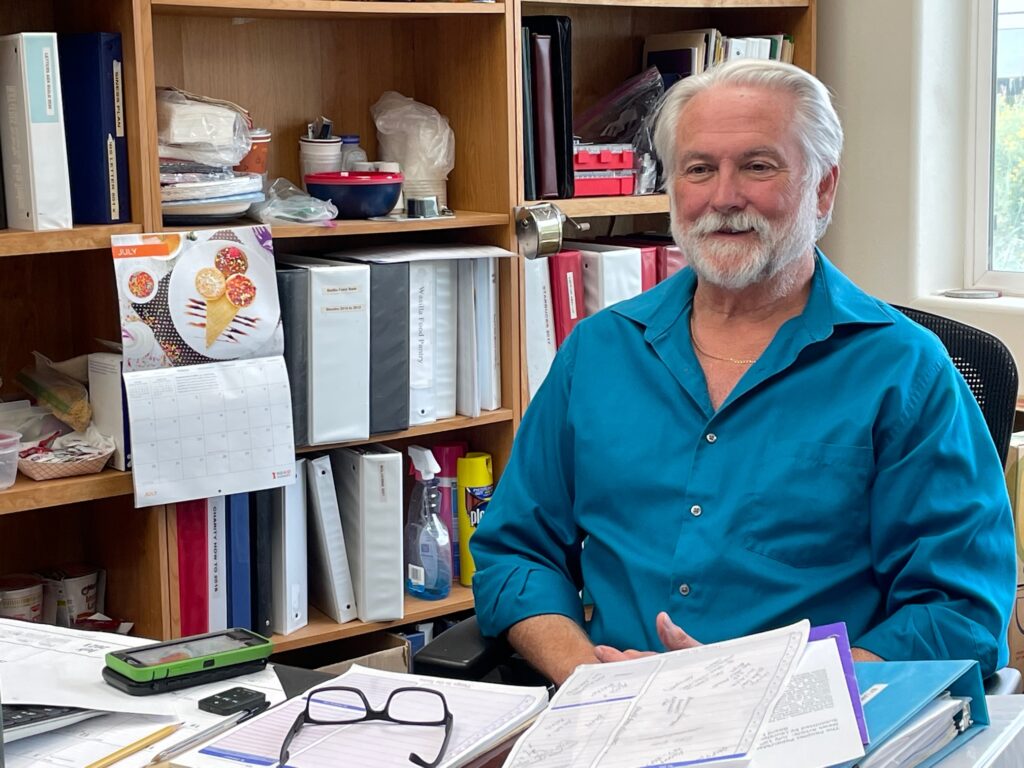
[9] Feeding Alaskans through Mat-Su Food Bank DONN LISTON 07/14/2021
No Spare Food in Philippines
As of September 2023, the experience of hunger was highest among those in Metro Manila, at 17.3 percent from 15.7 percent in June 2023, followed by Balance Luzon, at 10.3 percent from 11.3 percent, Visayas, at 6.7 percent from 9.3 percent, and Mindanao, at 6.7 percent from 6.3 percent.
The PH need is variable but undeniable.

Addressing PH Food Security Through Education
On January 24, 2024 Vice President and Education Secretary Sara Z. Duterte led the launching of the Department of Education’s (DepEd) School-based Feeding Program and Mental Health Program dubbed “Batang Matatag: Nourishing Minds, Strengthening Bodies” held at Esteban Abada Elementary School in Quezon City.
Everyone should understand that we need to support our youth not only in academics, but also their mental and nutritional health, said Duterte. Children who are hungry going to school are also affected. It affects their comprehension and study that’s why we worked to double the budget of School-based Feeding Program and Mental Health Program.
Outside Scammers also Jeapordize Alaska Food Security
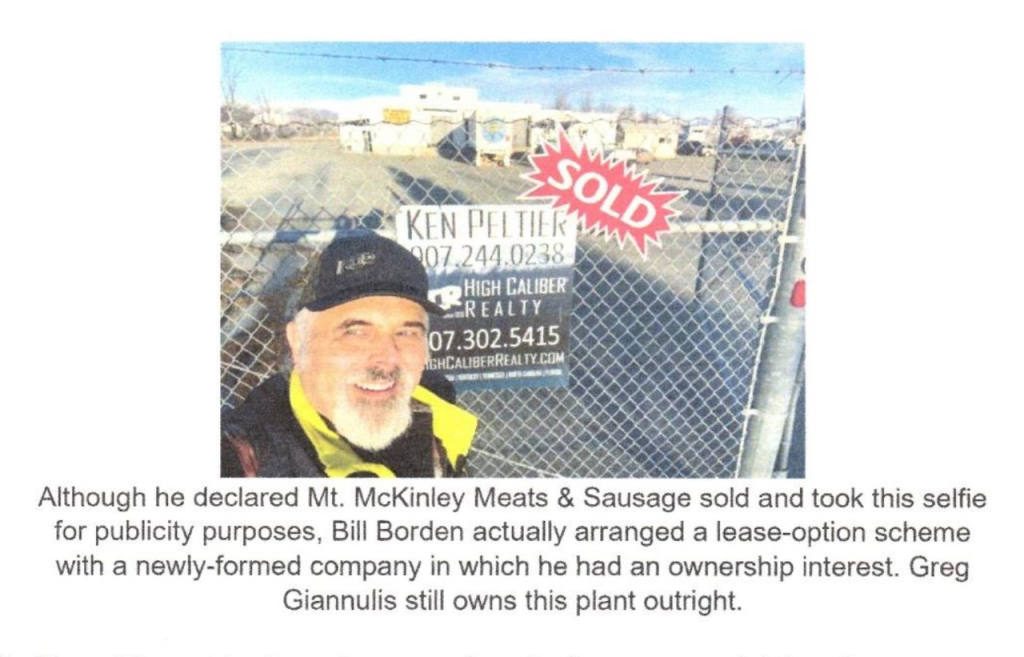
We in Alaska also learned during the Pandemic about the important role food programs play in schools: We bought the restaurant in October 2019 and were shut down by the Municipality of Anchorage in March 2020, continued Nguyen. It caused me a lot of worry and stress. Several of my customers at the nail salon said they had to go to the school to get free food for her kids. I realized we had food we could not sell (at the government-closed restaurant) because of the lockdown.
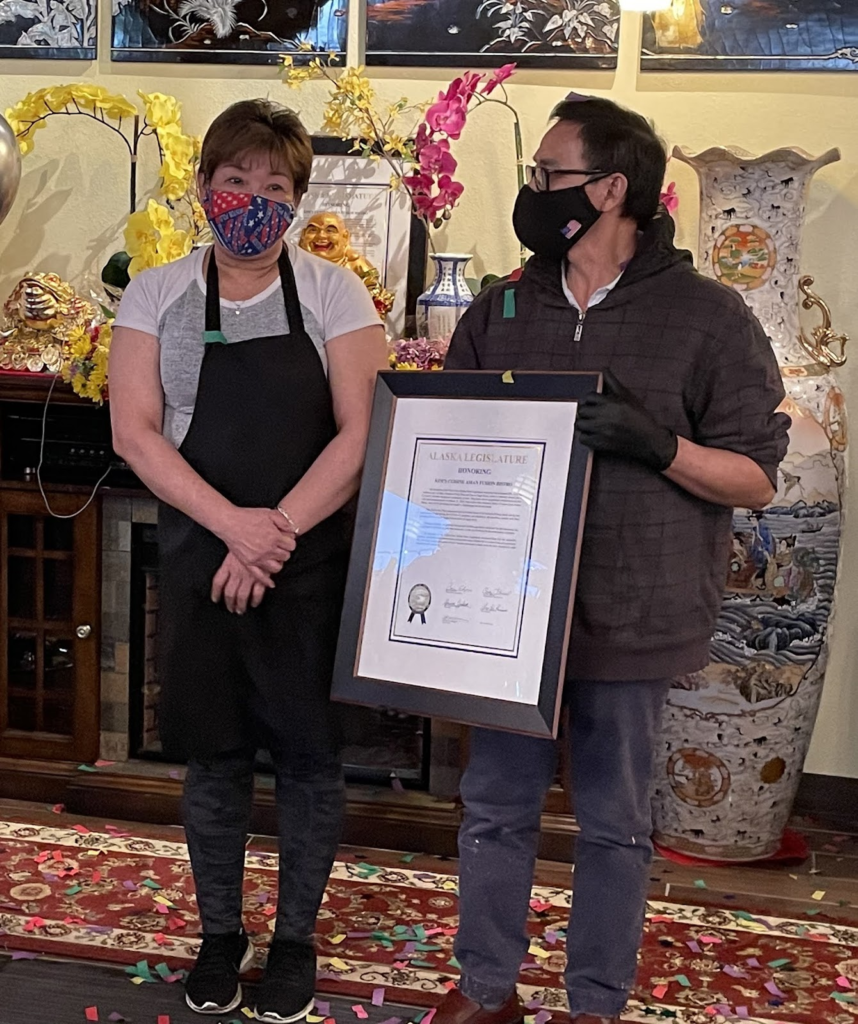
We had a cook on salary! Declared Nguyen. So I let everyone know that anyone 12 years old and under could have free meals. We were busy with constant calls and I felt very good that we could help out in the crisis. But it was rough to have a new business and be faced with a health crisis shutdown.

[10] Alaska Pandemic Business Survivor! DONN LISTON December 8, 2021
Many of the poorest in Philippines live on farms. Chickens run everywhere and public markets are a source of food.

Alaska’s Legislative Food Security Task Force rises to the
Challenge
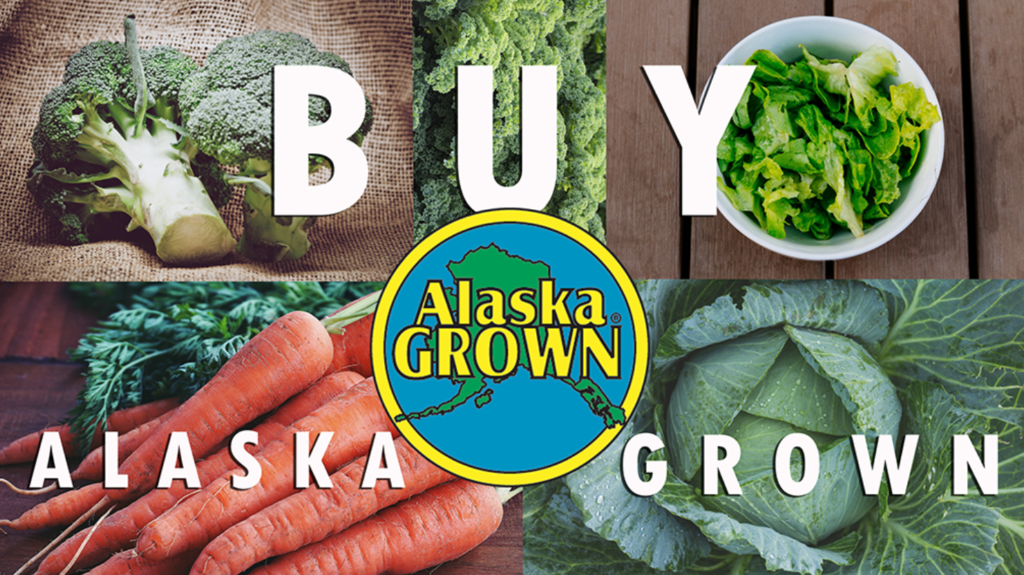
[11] 2023 Report, August 1, 2023
In the report to Gov. Dunleavy, Chair Shelley Hughes declares: …the Alaska Food Strategy Task Force has goals to 1) develop a comprehensive statewide food strategy; 2) strengthen the state’s diverse food system; 3) improve food security for all residents of the state; and 4) grow the local food economies of the state.
That’s not all! Sen. Hughes has said a new state Department of Agriculture agency must be formed. Voters should be thrilled to know the Alaska Food Strategy Task Force Executive Board also selected the following three focus areas for 2023:
1. Sustainably growing the agriculture industry;
2. Sustainably growing markets for locally grown, harvested, and processed foods; and,
3. Improving transportation and infrastructure to transfer and deliver food in the state.
This amazing accomplishment means every Alaskan will soon see the $2 Billion currently going Outside for food to be instead immediately invested in Alaska-produced food at Seattle prices for meat, milk vegetables and grains.
Our honest AK politicians promise it…
References:
[1] Alaska Food Strategy Task Force
https://alaskafoodsecurity.org/
[2]Feeding Manila in Peace and War, 1850-1945, Daniel F. Doeppers, Ateneo de Manila University Press, 2016, www.ateneopress.org
[3]The Sorry State of Alaska Agriculture: Kodiak Island Area Beef, DONN LISTON 03/11/2021
https://donnliston.net/2021/03/kodiak-island-area-beef-production/
[4] Is this any way to run a Railroad? DONN LISTON 09/04/2021
https://donnliston.net/2021/09/is-this-way-to-run-railroad/
[5] Meat is Essential! DONN LISTON 04/15/2023
https://donnliston.net/2023/04/how-can-alaska-gain-food-security/
[6] Are Alaska Agriculture Efforts Working? DONN LISTON 04/01/2021
https://donnliston.net/2021/04/steps-to-food-security-for-alaska/
[7]Governor Administrative Order No. 334
https://gov.alaska.gov/admin-orders/administrative-order-no-334/
[8] PH News Agency, Hungry Filipino Families fall…November 21, 2023
https://www.pna.gov.ph/articles/1214033
[9] Feeding Alaskans through Mat-Su Food Bank DONN LISTON 07/14/2021
https://donnliston.net/2021/07/feeding-alaskans-in-mat-su/
[10] Alaska Pandemic Business Survivor! DONN LISTON December 8, 2021
https://donnliston.net/2021/12/kims-asian-cuisine-bistro/
[11] 2023 Task force Report, August 1, 2023
https://static1.squarespace.com/static/584221c6725e25d0d2a19363/t/6508bfb67fda7116fb4d2bd4/1695072196799/AFSTF_Report_8-23-2023.pdf
Other stories about Alaska Food Security featured on
this webpage:
Alaska’s Soviet-Style Food Security Program DONN LISTON 06/13/2023
https://donnliston.net/2023/06/alaskas-food-security-options-2020/
Can a Ready Veteran Workforce Assure Food Security? DONN LISTON 05/26/2022
https://donnliston.net/2022/05/alaska-veteran-workforce-food-security/
Alaskans Demand Payment! PFD/Food Security DONN LISTON 03/11/2022
https://donnliston.net/2022/03/alaskans-demand-payment/
Palmer Slaughterhouse Gains new Owners DONN LISTON 11/12/2021
https://donnliston.net/2021/11/steps-to-food-security/
Feeding Alaskans through Mat-Su Food Bank DONN LISTON 07/14/2021
https://donnliston.net/2021/07/feeding-alaskans-in-mat-su/
Let’s talk about Fertilizer DONN LISTON 05/12/2021
https://donnliston.net/2021/05/lets-talk-about-ftilizer/
Mike’s Meats Disappointment DONN LISTON 04/14/2014
https://donnliston.net/2021/04/an-eagle-river-institution/
Realities of Alaska Food Security DONN LISTON 12/08/2020
https://donnliston.net/2020/12/who-is-making-difference/
Feeding Alaskans; Man vs ADFG Machine DONN LISTON 10/06/2020
https://donnliston.net/2020/10/feeding-alaskans/
Who Dares to Farm in Alaska? DONN LISTON 09/16/2020
https://donnliston.net/2020/09/who-dares-to-farm-in-alaska/
Fall Festival Bounty Contributes to Alaska Food Security DONN LISTON 09/25/2019
https://donnliston.net/2019/09/fallfestival-bounty-2019donnliston/
Advertising is available on this website
Your ad will run on 200 stories!
For Information EMAIL: donn@donnliston.net
